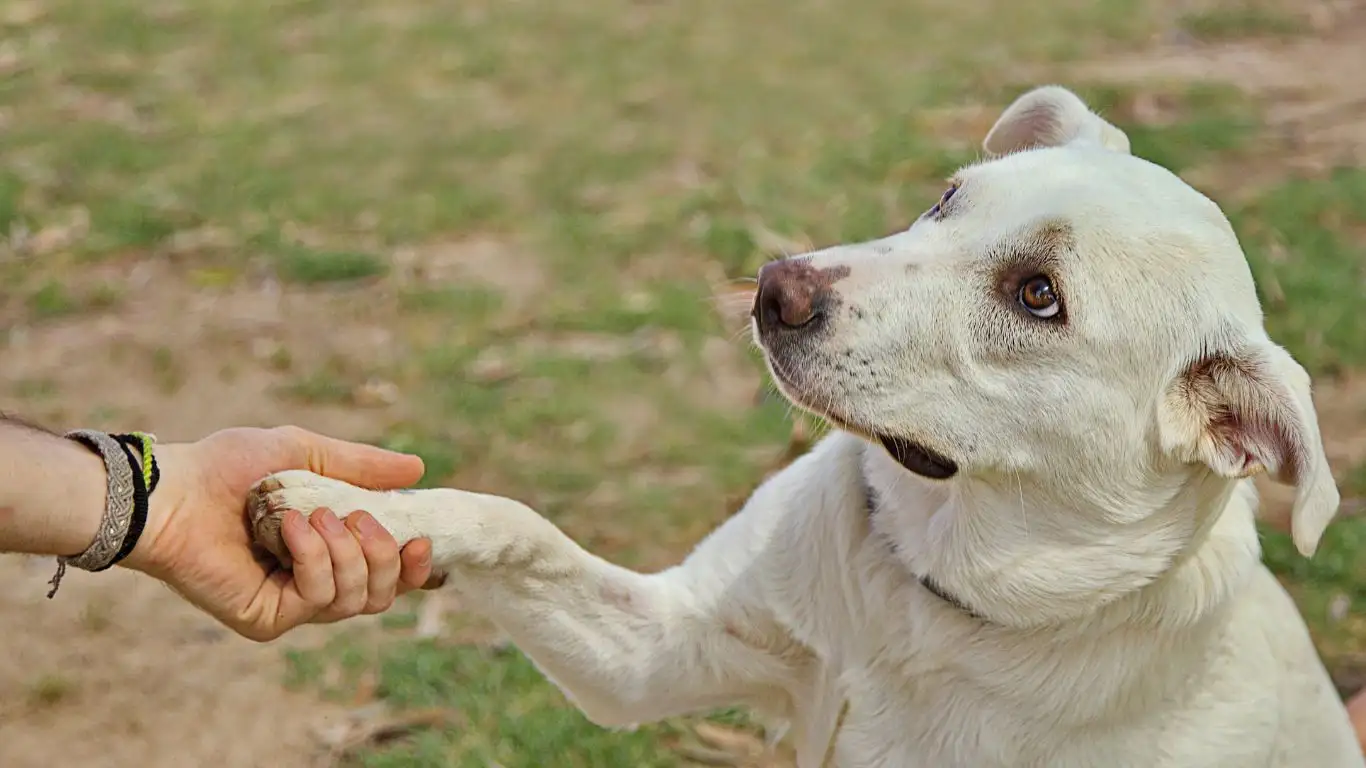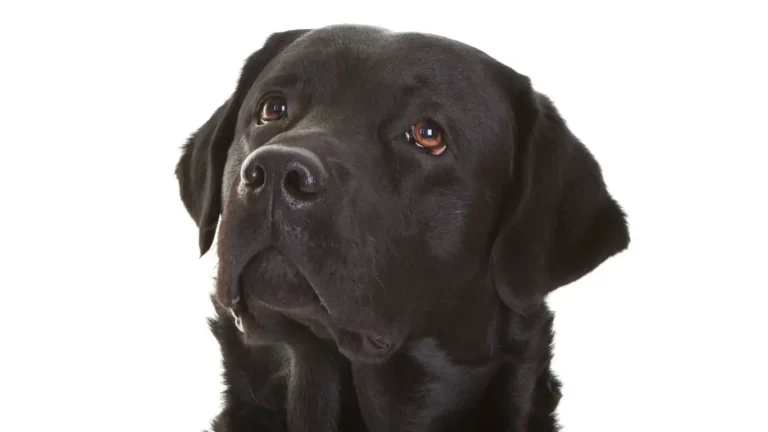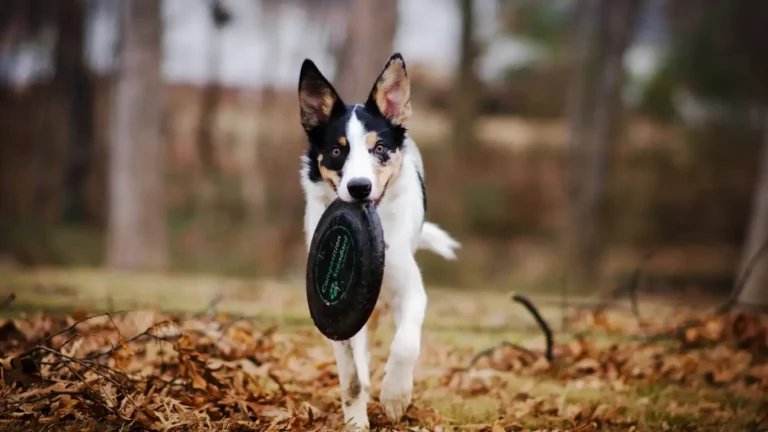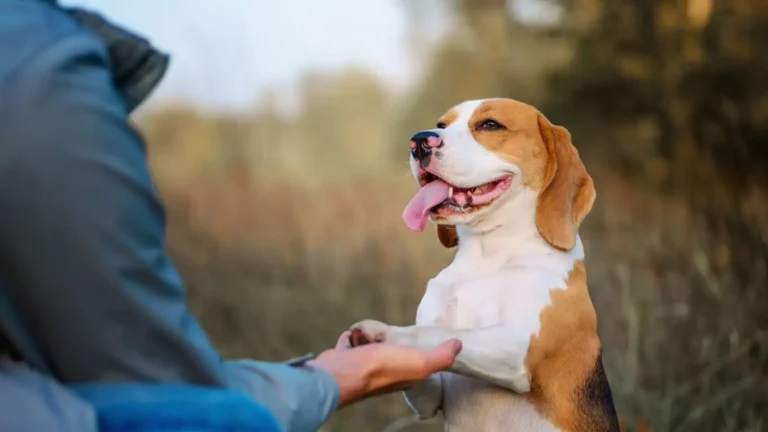Proven Tips to Stop Barking at Cars: Calm Your Dog’s Anxiety Fast
Ever found yourself clutching the leash a little tighter when your dog starts barking like mad at every passing car? Yeah, I’ve been there—more times than I can count. Teaching dogs how to train a dog to stop barking at passing cars has become second nature for me after years of working as a Canine-Assisted Therapy Trainer. And let me tell you, while it might seem like an impossible task at first, it’s definitely doable with a bit of strategy, patience, and understanding of what’s really going on in that furry little head.
Understanding Why Dogs Bark at Cars
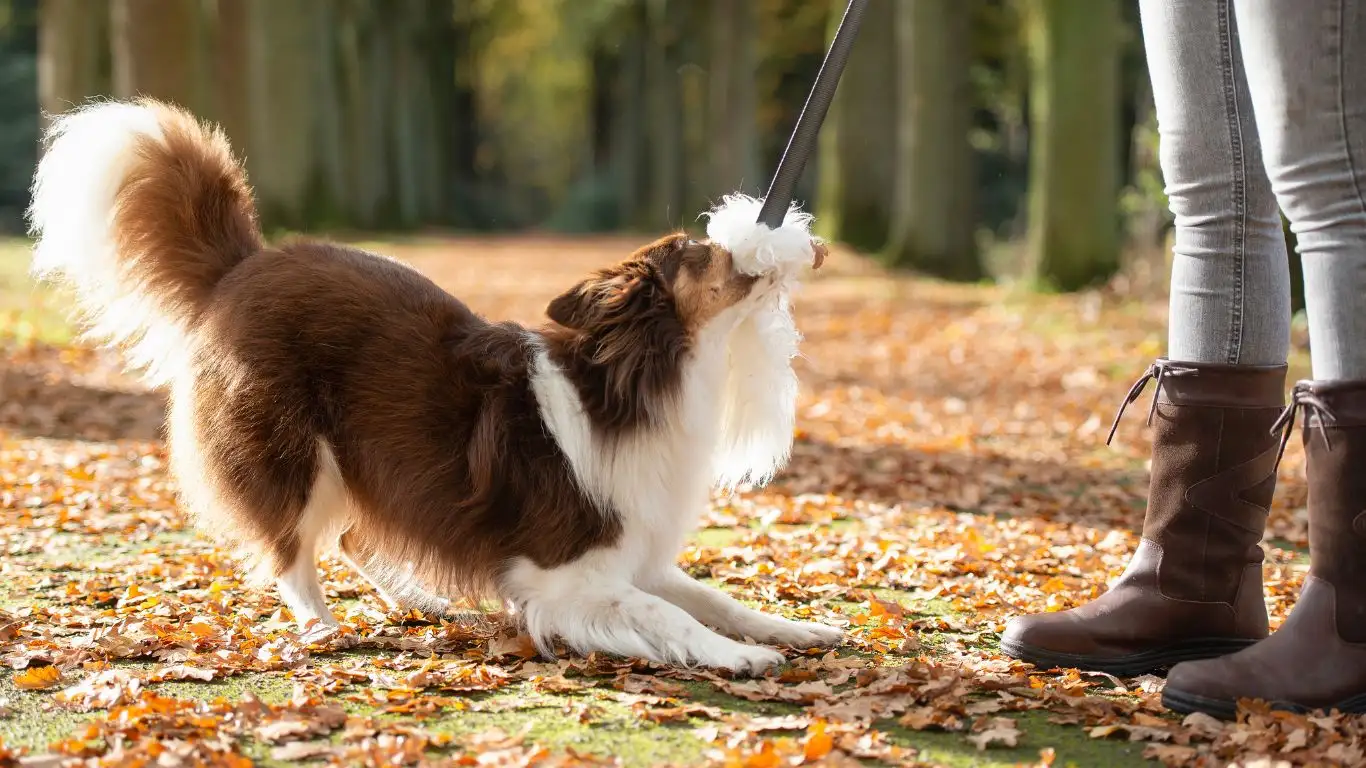
Before we dive into the how-to, let’s talk about the why. Dogs don’t just bark for fun—though sometimes it sure feels like it. Barking at passing cars usually comes from a place of excitement, fear, or frustration. Some pups see the fast movement and think it’s a game of chase, while others might feel threatened by the loud noise or the sudden appearance of something zooming past their territory.
In my experience, it’s often a mix. I’ve worked with high-energy breeds like Border Collies who just can’t resist chasing motion, and also with rescue dogs who were simply scared stiff of traffic. Knowing what drives your dog’s barking is key—because the approach you take to fix it will depend a lot on that root cause.
Start with a Calm Foundation
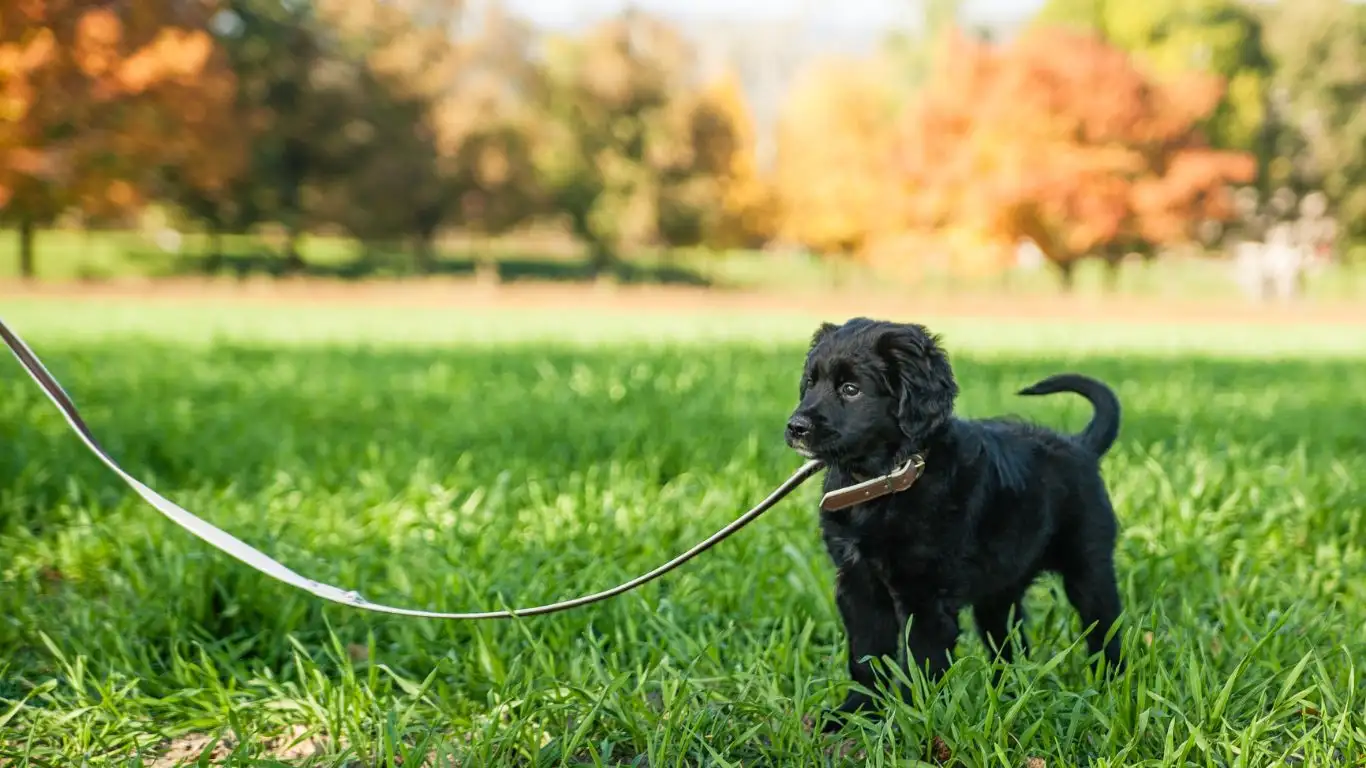
Don’t Train in the Heat of the Moment
This is one of the most common mistakes I see with new dog owners. Your pup starts barking, and instinctively, you react—maybe by tugging the leash, yelling, or trying to soothe them. But here’s the thing: once your dog is “over threshold,” meaning they’re too worked up, they’re not in learning mode anymore. They’re reacting, not thinking. You can’t teach them a new behavior until they’re calm enough to listen.
Practice Calm Behaviors at Home First
Begin where it’s quiet and there are zero distractions. Teach your dog basic commands like “look at me,” “sit,” and “leave it”. These become your tools later on. I like to make it a game—short, sweet sessions with lots of treats and praise. You’re building a communication system that will come in handy when you introduce the cars back into the picture.
Desensitization: Gradually Introduce the Trigger

Find the Right Distance
Now here’s where it gets interesting. When you’re ready to bring in the “car” element, don’t start on a busy street corner. That’s like tossing a beginner into a black-belt level fight. Instead, find a spot where cars pass occasionally, and position yourself at a distance where your dog notices them, but doesn’t react. That’s your sweet spot.
Use Positive Reinforcement
Every time a car passes and your dog doesn’t bark, reward them—big time. Treats, toys, verbal praise—whatever they go crazy for. You’re teaching them that calm behavior = good stuff. And if they do bark? No yelling, no punishment. Just calmly redirect them, increase your distance, and try again. It’s a process.
Timing Is Everything
When I worked with a particularly reactive golden retriever named Max, I had to really tune into the split-second timing. I would mark and reward the moment he *noticed* the car but before he started barking. That’s where the real learning happens. You’re changing their emotional response to the trigger, not just silencing the bark.
Tools That Can Help—but Don’t Rely on Them
Harnesses and Head Collars
A well-fitted no-pull harness or gentle head collar can give you more control without hurting your dog. I personally like tools that give a little redirection without discomfort. But remember, tools don’t train—you do. They’re there to support your training, not replace it.
High-Value Treats
This one’s a no-brainer, but it’s worth repeating: always have the good stuff on hand. Think cheese cubes, freeze-dried liver, or whatever your dog loses their mind over. You want them to associate calm behavior around cars with jackpot-level rewards.
Clickers (Optional)
Clicker training can be super effective for marking precise moments of calmness. Some dogs respond great to the sound cue—it helps you be consistent. But if you’re not into it, no worries. A simple “yes!” or “good!” said in a happy tone can work just as well.
Consistency Is Your Best Friend
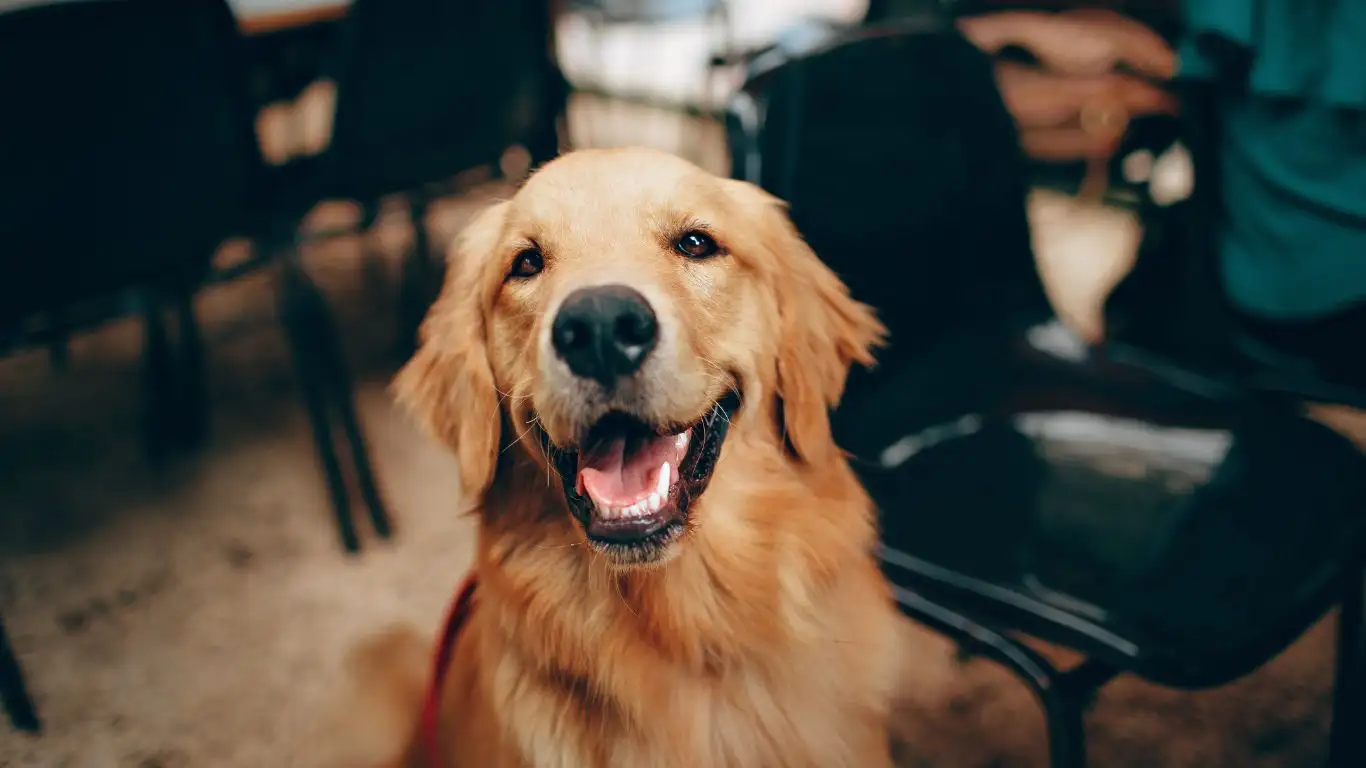
One of the biggest things I emphasize when showing folks how to train a dog to stop barking at passing cars is consistency. It’s not the flashiest part of training, but it’s hands down one of the most important. You could have the best plan in the world, but if you’re not sticking to it—or if you’re switching strategies every few days—it’s going to confuse your dog more than help.
I remember working with this sweet Australian Shepherd named Tilly. Super smart girl, but every time a car passed, she’d go into high-alert mode. Her family was trying everything—sometimes redirecting with treats, other times using a firm “no,” and occasionally just letting it slide. That lack of a clear message made it hard for Tilly to know what was expected. Once we got everyone on the same page and used the same method every time, the change was night and day.
Set Realistic Expectations
This isn’t going to be fixed in a weekend. Some dogs pick it up quickly, others take weeks—or even months—to chill out around passing cars. That’s totally normal. The goal is steady progress, not perfection overnight.
Be Patient with Setbacks
There will be off days. Maybe your dog is just extra amped. Maybe a loud motorcycle zooms by and throws everything off. Don’t get discouraged. Just go back to basics and give them grace. Honestly, I’ve had days when even my own therapy dog had a minor meltdown—and he’s trained like a pro. It happens.
Incorporate Movement into Training
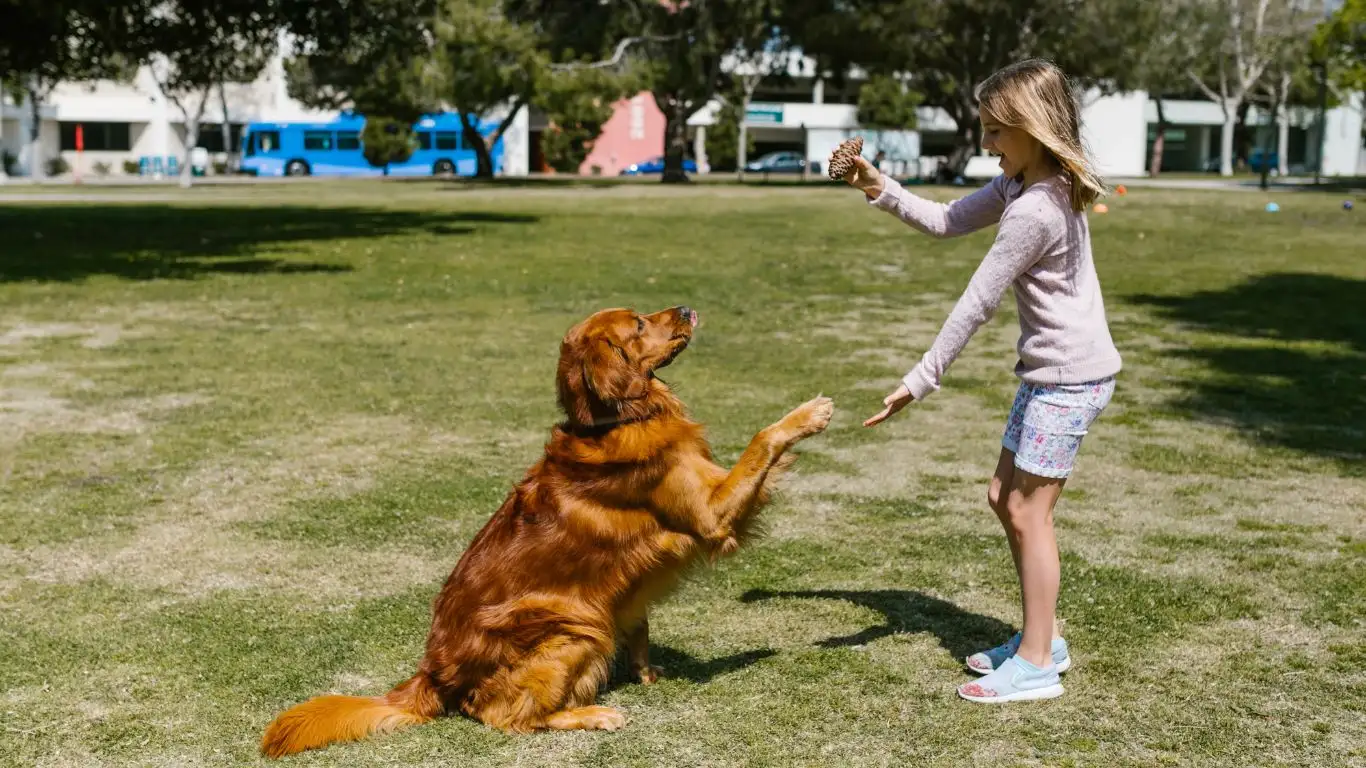
Keep Them Moving
One trick I love to use during walks is keeping a dog moving while cars pass by. When they’re stationary, they’ve got all the time in the world to lock in on that passing vehicle. But if you keep their feet—and brain—engaged, they’re less likely to fixate and bark.
For example, as a car approaches, I might ask for a quick “heel” or do a couple of turns or zigzags down the sidewalk. It not only redirects their attention, but it turns the car into background noise instead of the main event. Over time, this helps reduce that “I must respond!” reflex they’ve developed.
Use Walks as Training Sessions
Don’t think of your daily stroll as just potty breaks. Every walk is a golden opportunity to reinforce those good behaviors. Treat your leash like a training line—use it to gently guide, not yank. Keep your treats handy. Praise often. And don’t forget to celebrate the small wins, like that one quiet glance as a car goes by.
Socialization and Environmental Exposure
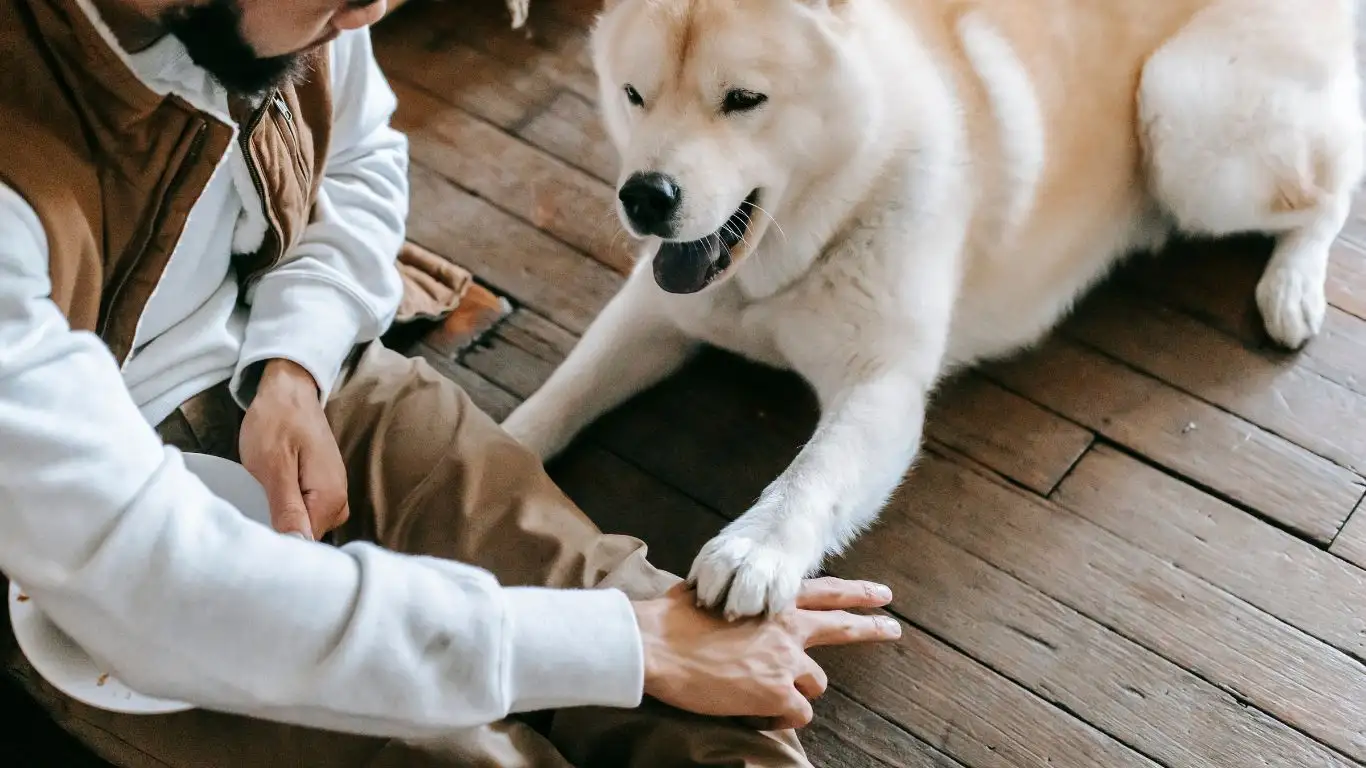
Controlled Exposure to Busy Environments
Once your dog is doing well in quiet settings, it’s time to up the ante—slowly. Gradually introduce them to busier streets, or walk them near parking lots with moderate traffic. Start from a distance, and reward them just for being calm while watching cars from afar. Over time, inch closer.
I had one reactive German Shepherd, Koda, who couldn’t even be near a road without exploding into barks. We started in a park parking lot, at the far edge. After several weeks of baby steps, he was walking calmly down the sidewalk of a moderately busy street—ears perked, but no barking. It was honestly amazing to watch him gain confidence like that.
Positive Experiences = Positive Associations
Pair the sight and sound of cars with good things. Every time your dog handles it well, give them something awesome. Make it a game. Toss a treat on the ground just as a car goes by. Let them sniff something fun. Over time, they’ll start to see cars as “meh,” instead of “RED ALERT!”
Know When to Call in a Pro
When It Feels Overwhelming
Look, sometimes we all need a little extra help—and there’s no shame in that. If your dog’s reactions are intense or not improving despite your best efforts, a certified professional dog trainer or behaviorist can make a world of difference. Ideally, work with someone who uses positive reinforcement and understands behavior on a deeper level.
What to Look For in a Trainer
- Experience with reactivity and desensitization techniques
- Uses force-free, science-based methods
- Willing to customize a plan for your specific dog
- Encourages owner involvement (they train YOU as much as your dog!)
In my sessions, I always focus on helping the owner feel confident and empowered. You know your dog best, and with the right guidance, you can absolutely be the one to help them through this.
Stay Mindful of Triggers Outside the Walk

Here’s something a lot of folks don’t think about right away: it’s not just on walks where the barking happens. For a lot of dogs, the window is their stage—and every passing car is a cue to go wild. If your pup is spending half their day pacing the windowsill and barking their head off, you’ll need to address that too. I had a client with a Labrador named Milo who’d bark up a storm from the living room window. Walks were getting better, but the barking inside? Constant. We had to approach both sides of the problem before we saw real change.
Manage the Environment
Blocking the view can go a long way. Use frosted window film, keep blinds partially closed, or set up furniture to limit their “lookout post.” You’re not punishing them—you’re removing the trigger until you’ve built enough calm behavior to slowly reintroduce it.
Give Them a Job Instead
Dogs need something to do. If they’re bored, they’ll make their own entertainment—and barking at cars is high on that list. Create a calm space with toys, enrichment activities like puzzle feeders, or even calming music designed for dogs. I like to rotate toys to keep things fresh, and for some dogs, just giving them a designated “place” to relax in can work wonders.
Build an Everyday Routine That Reinforces Calm
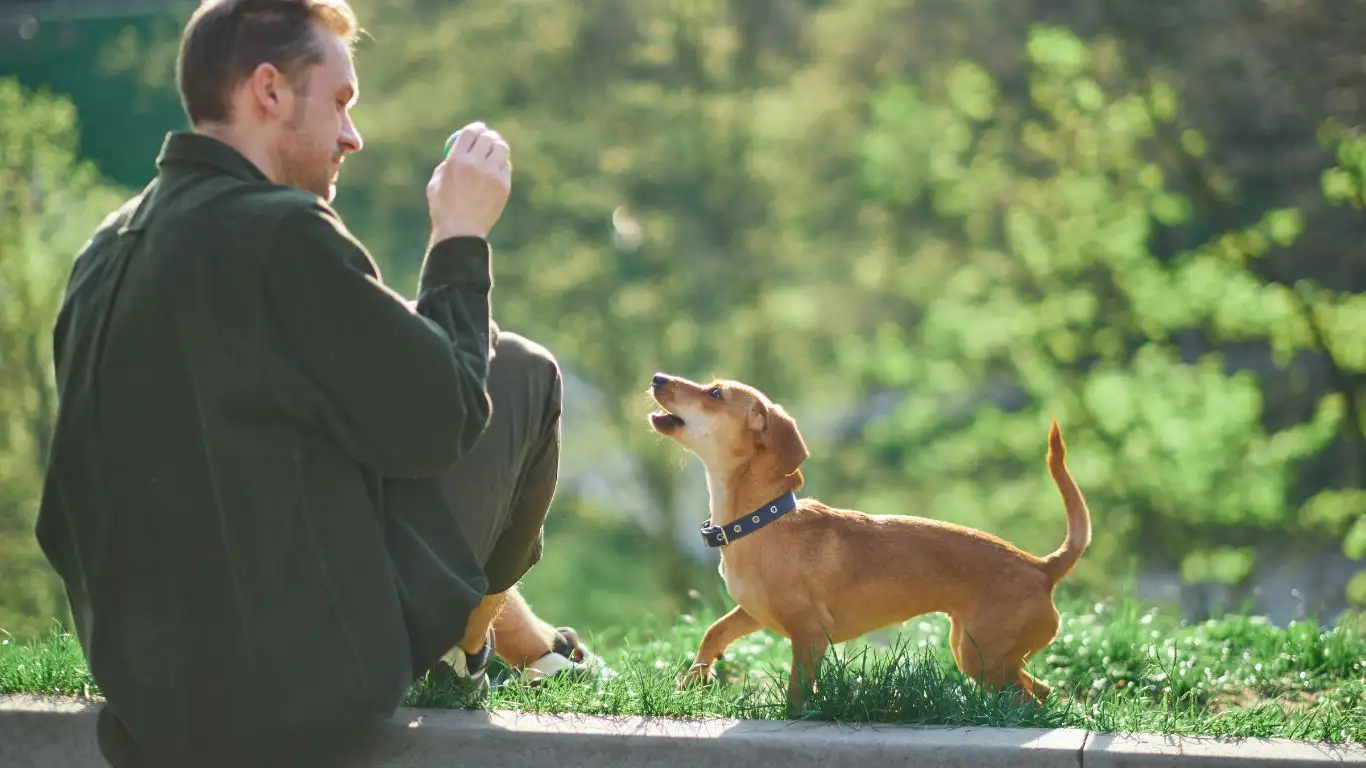
Routine Reduces Reactivity
This is one of those small things that makes a big difference. When your dog knows what to expect—when walks happen, when meals are served, when playtime is—it actually helps reduce anxiety and overreaction. A predictable day creates a calmer dog overall. This has been a game changer for many of my therapy clients, especially with dogs who are more naturally on edge.
Keep Mental Stimulation High
Physical exercise is great, but mental exercise? It’s golden. Teaching new tricks, doing scent work in the yard, or hiding treats around the house gives your dog an outlet. The more fulfilled they are mentally, the less likely they’ll be to overreact to cars whizzing by. I like to say, “Tired mind, quiet mouth.”
Track Progress—and Celebrate It
Start a Bark Journal
Okay, hear me out—this might sound a little extra, but it really helps. Keep a simple log of when your dog barks, what triggered it, and what you did in response. Patterns will start to pop up. Maybe certain times of day are worse, or certain types of vehicles set them off. Once you know that, you can get ahead of it. A couple of clients have even used notes apps on their phone for this, snapping quick videos to track progress over time.
Celebrate Small Wins
This journey is full of baby steps. Your dog glances at a car and doesn’t bark? That’s huge. They redirect when you call their name instead of launching into full bark mode? That’s a big deal. I always remind my clients to notice those moments because those wins build momentum and confidence—for both of you.
Consistency Builds Confidence
You’re Not Just Stopping a Bark—You’re Building Trust
Training your dog not to bark at passing cars isn’t just about silence. It’s about teaching them to trust that you’ve got it under control, that they don’t have to be the neighborhood alert system 24/7. With each calm reaction, they’re learning that the world isn’t as scary or exciting as it once seemed. That confidence trickles into other parts of their behavior, too.
I’ve seen dogs who started out hyper-alert and reactive become chilled-out companions who can handle noisy intersections without batting an eye. And believe me, that transformation is one of the most rewarding parts of this work.
Final Thoughts on How to Train a Dog to Stop Barking at Passing Cars
This isn’t about perfection. It’s about progress. You’re helping your dog understand the world, build coping skills, and feel more secure—and that takes time, consistency, and love. Don’t beat yourself up if things don’t go perfectly. Just keep showing up. And if you ever feel stuck, remember you’re not alone. Trainers like me are out here rooting for you, and sometimes just one session can help you turn a corner.
So, hang in there. Your peaceful, bark-free walks (and living room windows) are 100% within reach.
References
Disclaimer
This article is intended for informational purposes only and does not substitute for professional veterinary or behavioral advice. Every dog is different, and if you’re dealing with extreme reactivity or aggression, always consult with a qualified trainer or behaviorist. The training methods shared here are based on positive reinforcement and real-world experience, but your results may vary based on your dog’s age, history, and temperament.
